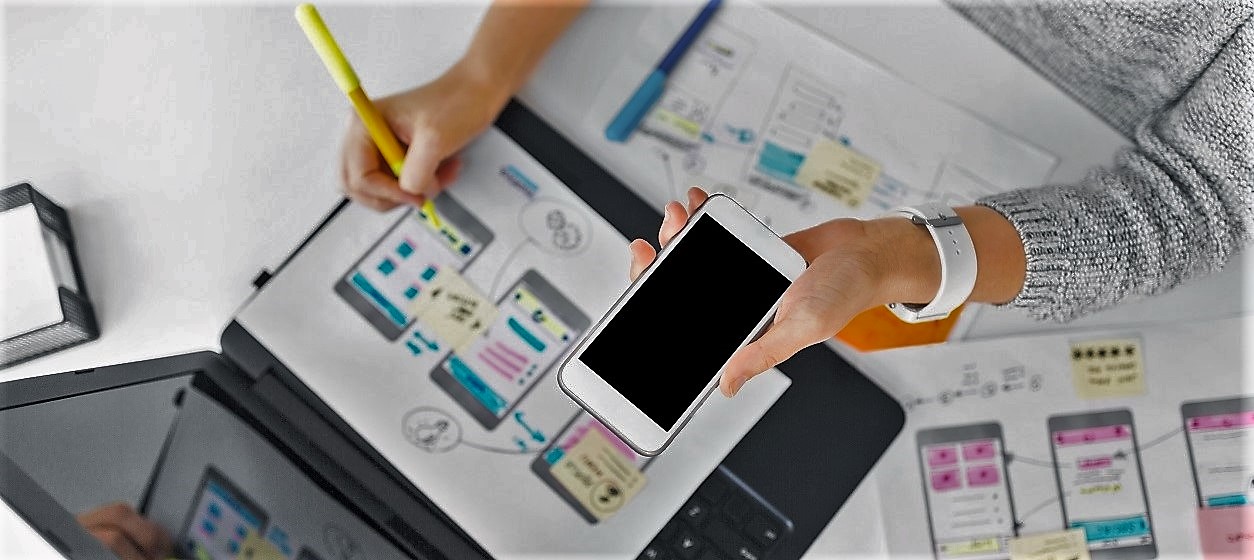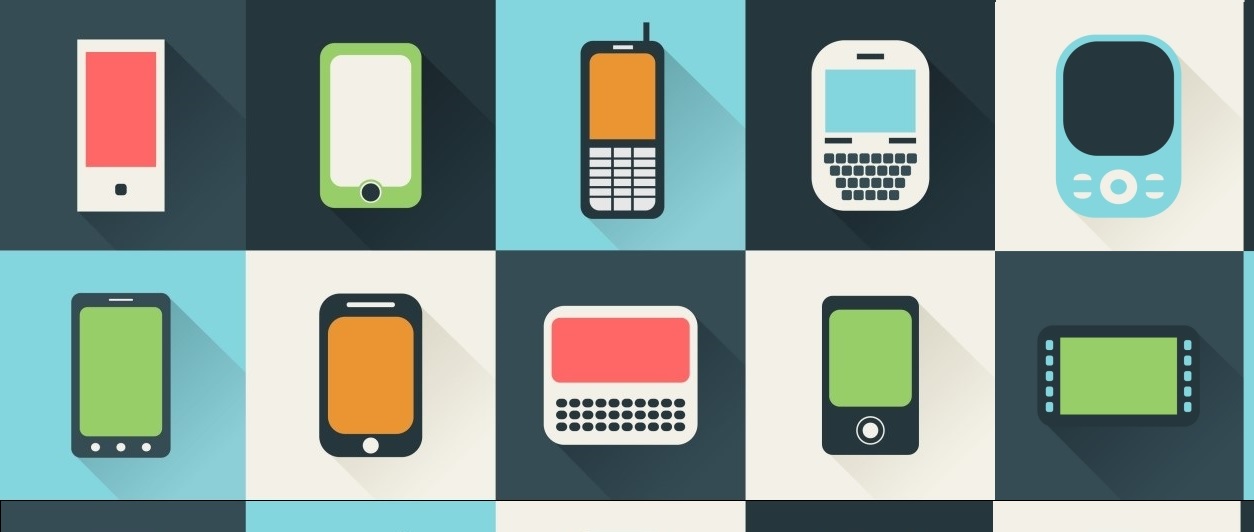Thousands of innovators are everyday working on new ideas for mobile apps, which leads to the release of numerous novel apps every month. At the same time, majority of enterprises are considering or already implementing mobile-first strategies, which involves the development and roll-out of mobile apps as one of the primary means of accessing their products and services. Hence, the sheer number of these apps available on AppStore or PlayStore is overwhelming and can leave a user bewildered. This is where the numerous reviews and listing of mobile apps which are published every year, including compilations of the “top” mobile apps for specific periods and platforms, come to the rescue.
Classifying and Selecting the Top Apps
Compiling a short-list out of many thousands of mobile apps can be extremely challenging and not to neglect, very subjective. There are numerous criteria, which reviewers and authors use to classify and evaluate different mobile apps. One of the major distinctions is the mobile platform on which the app is built and runs. While many apps are available, at least for the two major mobile platforms (i.e. Android and iOS) the availability of an app within both the AppStore and the PlayStore cannot be guaranteed. This gives rise to different reviews for apps of the two popular platforms.
Mobile apps are also classified according to their functionality. There are apps for fitness and healthcare, transport, banking, retail transactions and many other sectors. Applications in these different areas cannot be compared easily, which is the reason why there are many reviews dedicated to each one of the categories.
Regardless of their functionality, apps can be compared based on their non-functional characteristics. For example, usability, ergonomics, speed and power efficiency, to name a few of the attributes that can be used for comparing apps. Moreover, the rating of each of the apps in the marketplaces where they reside, provides, in most cases, a credible crowdsourced metric of their quality. In several cases, metrics such as ratings are analyzed over specific time-periods in order to gauge the momentum and growth potential of an app’s users’ base.
Overall, the selection of the best app is based on subjective criteria, which depends on the reviewer. So here, we present to you our list of apps for 2017, taking into account our own established criteria, which we illustrate in the following paragraphs.
Our Top Five Compilation
Nowadays, internet users have numerous authentication credentials (e.g., user name and password combination) for different web sites and mobile apps. Hence, they are faced with the tedious task of remembering their credentials, which makes it almost impossible to use unique passwords for the different services that they use. The 1Password app enables users to maintain and safely manage secure passwords for all the different services that they use. In particular, it enables users to access different passwords through a single access point, which reduces the need of remembering multiple passwords to just one password (i.e. their password to the 1Password app). This app complements the 1Password desktop application, since it can be kept synchronized with it.
Why we selected it: 1Password addresses a very common and everyday problem faced by millions of users. It serves as a productivity vehicle that saves time, effort and enhances security.
Waze is an app for drivers and commuters. It provides optimized routes that shorten commute times. It primarily deals with traffic, yet it can also alert about construction, accidents, cameras, police patrols and more. Waze relies on information provided by other drivers.
Why we selected it: It is one of the very few apps that exhibits added-value over popular traffic information apps, such as Google maps. This app caters to one of the most aggravating problems of our times, traffic and long commute hours and hence has earned a much-deserved spot on our list.
Typing on a mobile phone is not an easy task, which is usually associated with slow typing speeds and typos, specially for the older generation. Recently a wave of keyboard apps have emerged, which facilitate users to type faster and without mistakes. Swiftkey is one of these apps for iPhone. It is intuitive and adapts to users’ typing behaviors, leading to superior productivity when compared to the conventional iOS keyboard.
Why we selected it: It is one of the first and best options for installing and using third-party keyboards on Apple. We also like its underlying technology, which predicts and anticipates the users’ typing style, while offering multimodal and multimedia touch functionalities.
This app leverages the Augmented Reality (AR) API that is available for use over the popular social fitness-tracking Strava app. It allows users to visualize their routes on a 3D terrain map. It also provides a screen-recording feature, which enables athletes to pan and zoom through their routes in order to create relevant videos. The latter can be saved and shared.
Why we selected it: We consider AR as one of the emerging technologies that will completely change the mobile apps landscape, while at the same time enabling a whole new range of business models and revenue generation opportunities (e.g., context-aware AR-based ads). Fitness AR manifests the said benefits and paves the way.
The ArtPassport app leverages the functionalities of a Google Cardboard-style Virtual Reality (VR) viewer in order to display some of the world’s best art galleries. It provides a 360o VR view of its gallery, which leads to very pleasant experiences. It works even without the VR viewer, however, with not that great a quality.
Why we selected it: It demonstrates how VR could open new horizons in leisure, travel and tourisms, by delivering virtual presence and exceptional experiences. We also believe that both VR and AR will be amongst the big players, in the technology landscape, in the coming years and ArtPassport is a good example of the same.
That’s our list of favorite mobile apps of 2017. We value technology and productivity, and the strive for great user experiences. We welcome your opinion and comments on our list and would love to know your suggestions of the best mobile apps that you encountered or used in 2017. At the dawn of 2018, we hope that the next year would bring path-breaking apps to users solving their day-to-day woes and also the most complex issues of mankind.










